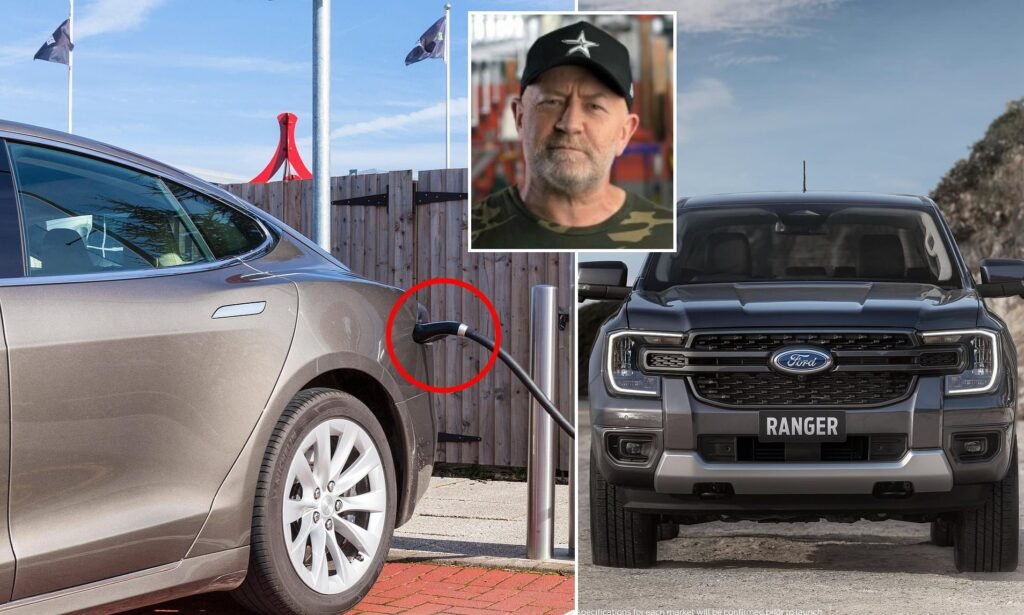Growing Popularity of Utes and SUVs in Australia Despite Emission Regulations
Despite the introduction of new emission regulations, Australian drivers continue to show a strong preference for utes and SUVs. This trend has sparked concerns among industry experts about the effectiveness of recent environmental policies aimed at reducing vehicle emissions.
The government’s New Vehicle Efficiency Standard (NVES), introduced by the Labor Party, is designed to encourage car manufacturers to sell more fuel-efficient vehicles. However, critics argue that this initiative may be more of a “stealth tax” than an effective environmental measure. The policy requires automakers to meet specific CO₂ emission targets, with penalties for those who fail to comply.
According to the Federal Chamber of Automotive Industries (FCAI), the new regulations could add significant costs to the price of popular models. For example, the cost of a Toyota LandCruiser could increase by $13,250, while a Ford Ranger might see an increase of $6,150. These added expenses could deter buyers from purchasing traditional petrol and diesel vehicles, which remain highly popular in Australia.
John Cadogan, a motoring writer with Auto Expert, criticized the NVES as a misguided approach that fails to incentivize consumers to switch to electric vehicles (EVs). He pointed out that many Australians are not rushing to buy EVs, suggesting that the new policy may not achieve its intended goals. “Well done all concerned for assembling a system tailor made to deliver cars that statistically nobody wants,” he said.
Under the new rules, carmakers must ensure that hybrid or electric versions of their vehicles replace diesel variants to avoid hefty penalties. However, this shift has not significantly boosted the sales of fully electric cars. In June, Tesla Model 3 sales dropped by 36% compared to the previous year, with only 1,132 units sold. This figure was far below the 2,243 Toyota LandCruisers sold in the same month.
The Ford Ranger remained the top-selling vehicle in June, with 6,293 units sold. While it now offers a plug-in hybrid version, the sales increase was minimal, at just 0.1% compared to the same month in 2024. Similarly, the Toyota HiLux and Isuzu D-Max continued to dominate the market, with most models still available as diesel options.
Hybrid and electric versions of these popular models are not yet available in Australia, further highlighting the slow adoption of greener alternatives. In contrast, the BYD Shark 6, which is only available as a plug-in hybrid, ranked fourth in sales with 2,993 units sold.
The Australian-designed Ford Everest, based on the Ranger platform, was the most popular SUV in June, with 2,705 units sold—a 19.3% increase compared to the previous year. Other top-selling SUVs included the Mazda CX-5, Hyundai Kona, Toyota RAV4, and Hyundai Tucson.
Despite the new emission standards, more large utes are expected to enter the Australian market next year. Kia has already begun taking orders for the new Tasman, which features a turbo diesel engine. Additionally, MG is set to launch the U9 ute later this year, offering both diesel and hybrid options.
As the automotive industry navigates these regulatory changes, it remains to be seen whether the push for greener vehicles will gain momentum or if the demand for traditional utes and SUVs will continue to outpace the adoption of electric and hybrid models.

